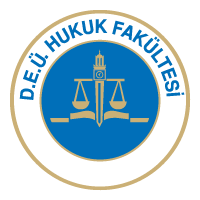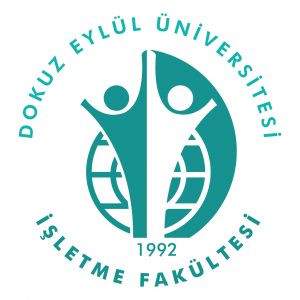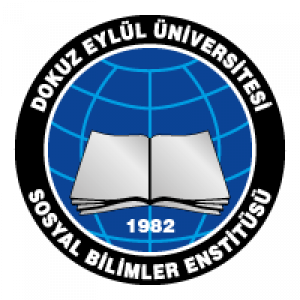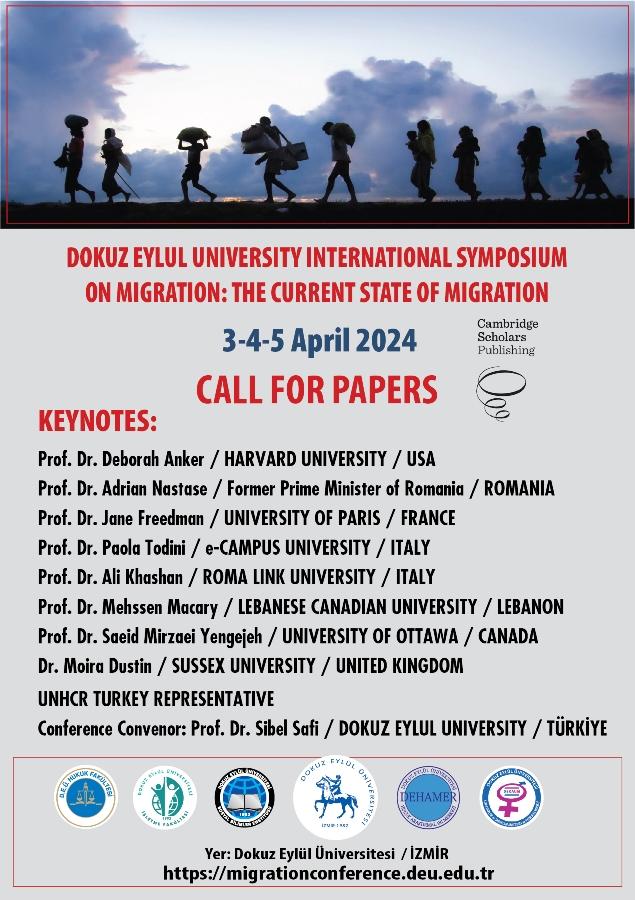DOKUZ EYLUL UNIVERSITY INTERNATIONAL SYMPOSIUM ON MIGRATION
THE CURRENT STATE OF MIGRATION
3-4-5 April 2024
DOKUZ EYLUL UNIVERSITY, İZMİR-TURKIYE
KEYNOTES
- Dr. Deborah Anker – HARVARD UNIVERSITY – USA
- Dr. Adrian Nastase – Former Prime Minister of Romania – ROMANIA
- Dr. Jane Freedman – UNIVERSITY OF PARIS – FRANCE
- Dr. Paola Todini – e-CAMPUS UNIVERSITY – ITALY
- Dr. Ali Khashan – ROMA LINK UNIVERSITY – ITALY
- Dr. Mehssen Macary – LEBANESE CANADIAN UNIVERSITY – LEBANON
- Dr. Saeid Mirzaei Yengejeh – UNIVERSITY OF OTTAWA – CANADA
- Dr. Moira Dustin – SUSSEX UNIVERSITY – UNITED KINGDOM
- UNHCR TURKEY REPRESENTATIVE
- Conference Convenor: Prof.Dr.Sibel Safi-DOKUZ EYLUL UNIVERSITY, ikbalsibel.safi@deu.edu.tr
CALL FOR PAPERS
At the end of 2021, the total number of people worldwide were forced to flee their homes due to conflicts, violence, fear of persecution and human rights violations was 89.3 million. This is more than double the 42.7 million people who remained forcibly displaced a decade ago and most since World War II. UN forecasts estimate that there could be anywhere between 25 million and 1 billion environmental migrants by 2050 simultaneously.
This interdisciplinary conference will explore the nexus of migration in more depth asking the questions given below like; women in refugee law, cultural integration, discursive, historical, political, and social limits of the legal systems including international refugee law, cultural relativist state laws, policies, institutionalised social norms, complex diversity experiences, Syrian Conflict, climate refugees, social change, post-war trauma, health, challenges and policy implications and else…
This conference is open for papers across disciplines, including, but not limited to legal studies, sociology, economics, anthropology, gender studies, cultural studies, political science, politics, international relations, humanitarian law, refugee law, history and else..
The conference will explore the following themes:
- Social Change: How do we address the dynamics of migration, exile, transnationalism and social change at different scales and which pay attention to different intersections of race, ethnicity, religion, class and other key identity markers?
- Women Asylum Seekers: What are the needs and experiences of refugee women? What is the role of internationally accepted human rights instruments on the cultural relativist approach while it is often cited as a reason for legitimately sweeping aside claims of gender persecution? How do we explore women as a hidden aspect of the refugee crisis?
- Policy Implications: Does migration help to reduce inequality and if so, what policies can help to enhance this effect? What are the policy implications of migration patterns?
- Language Structure and Legal Systems: How do systematic aspects of language, structure the meaning of gender roles and mediate the social conflicts with legal institutions? How does the law affect the meaning system that restricts the boundaries between right and wrong, moral and immoral? How do legal orders such as customary law, and international law interact with the hegemonic effects of state law? In a related vein, how do we understand the complex and non-determinist embodiment of social epistemologies in legal language?
- International Law and Gender Politics: How do global measures affect international law related to gender? What are the impacts of policies that cause gender discrimination in migration and refugee contexts?
- Employment and Labour Market: How do discrimination and equality in relation to migration apply within the field of employment in a legal context? What are the limitations of the principles of non-discrimination and equal treatment in achieving to enter the labour market?
- Migration Experiences in Art: How migration is lived, experienced, mediated and reflected through everyday cultural and artistic practice?
- Effects of Migration on the Economy: What are the economic reflections of immigration in the context of the international market? What are the economic consequences of immigration on developing countries?
- Narratives through Migration: We ask for narratives of migrants through their migration experiences in order to seek to deepen understanding of the complexity and diversity of migration.
- Climate Refugees: Why the environmental migrants not covered by the 1951 Geneva Convention Relating to the Status of Refugees, which is designed to protect those fleeing persecution, war or violence? Don’t they belong to a particular social group?
- Post-war Trauma: What are the migrant’s experiences of trauma and their treatment of Post-Traumatic Stress Disorder? What are the identity problems related to migration, adaptation of immigrants to immigrant communities, psychological problems, and immigrant students?
- Human Trafficking: What are the types, sanctions and else in correlation with migration?
- Transnationalism and Diasporas: What are the international and European policy discourses? What are the kin state and migrant-sending state diaspora politics?
- Integration: What are the most successful integration policies for migrants? What should be the good practices on social acceptance, cultural integration and state policies?
- Migration and Health Key Issues: The health problems of refugees and migrants are sometimes similar to those of the rest of the population, sometimes different. How does the host state respond? What are the health policies?
- Borders and Their Management: How are border management policies and their implementation shaped through migration paths? What are the current trends in border management? How do spatial and symbolic borders affect migration experiences?
- Global and Regional Studies: What are the trends in globalization and/or regionalization regarding the phenomenon of migration? What are the characteristics of migration paths, systems and regimes in regions, such as Western Europe, Southeast Asia and North Africa? What are the dynamics of integration and differentiation in politics of migration and migration law, above the state level?
Copyrights © Dokuz Eylül Üniversitesi . All rights reserved.
_ _—————————-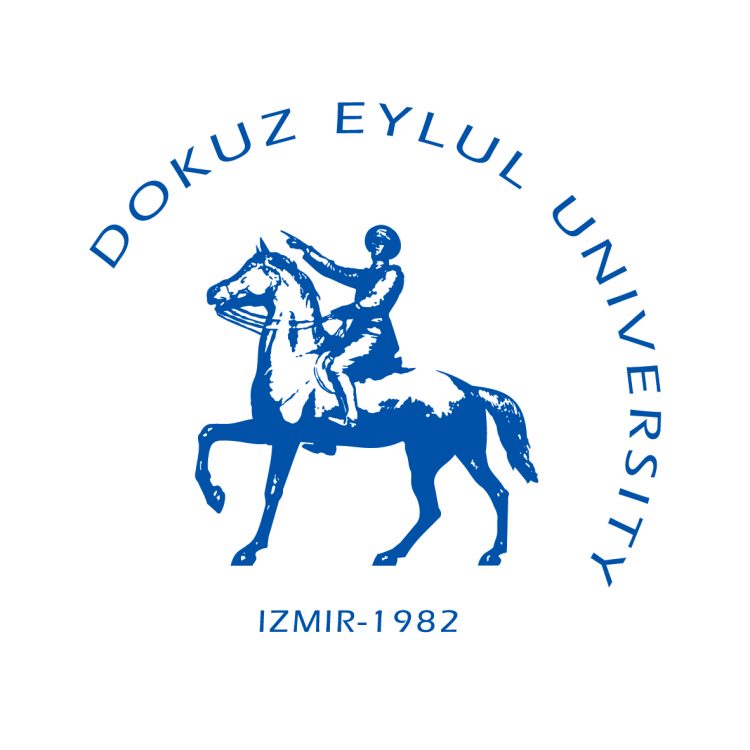 ——–__ –
——–__ –